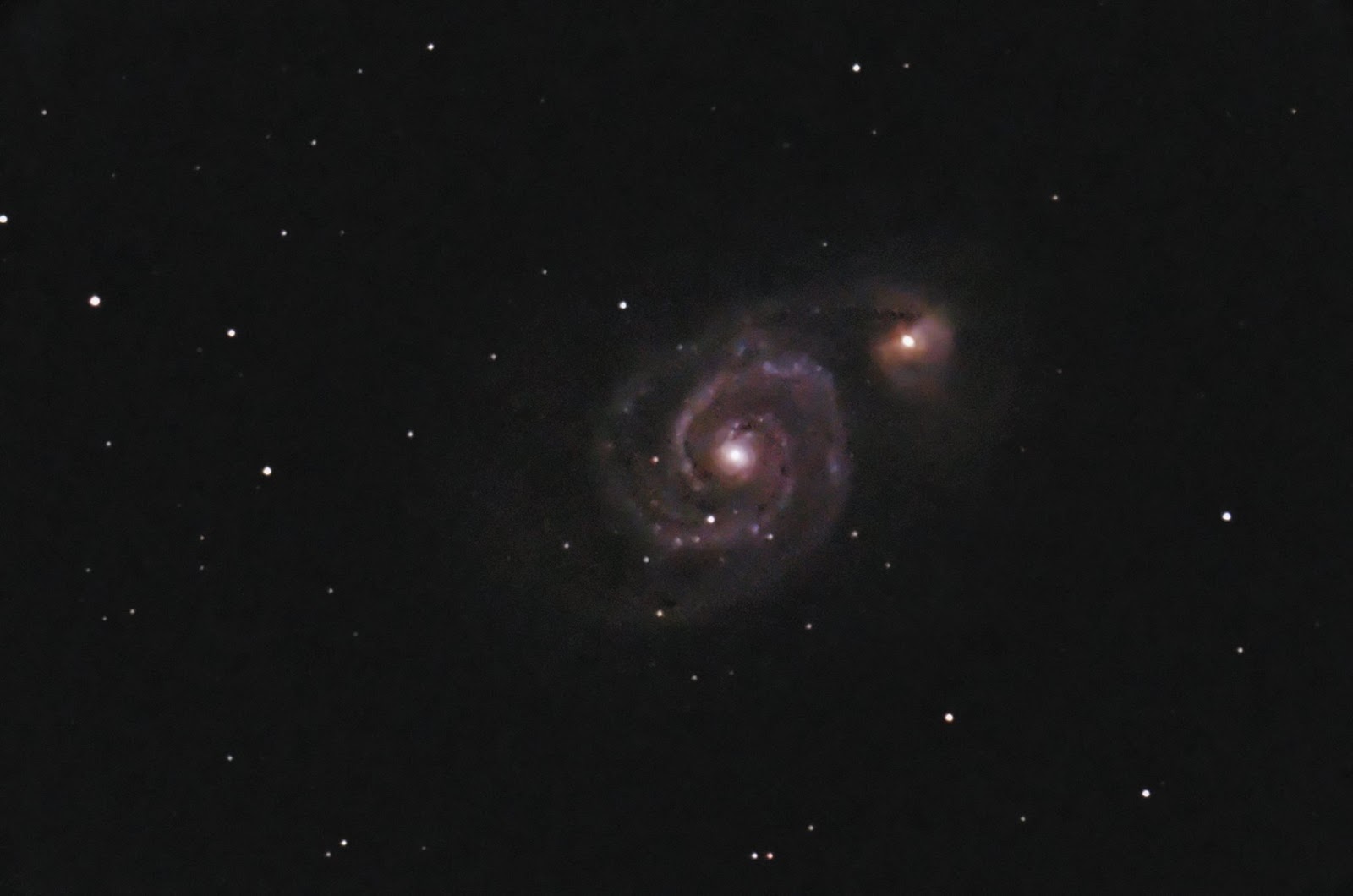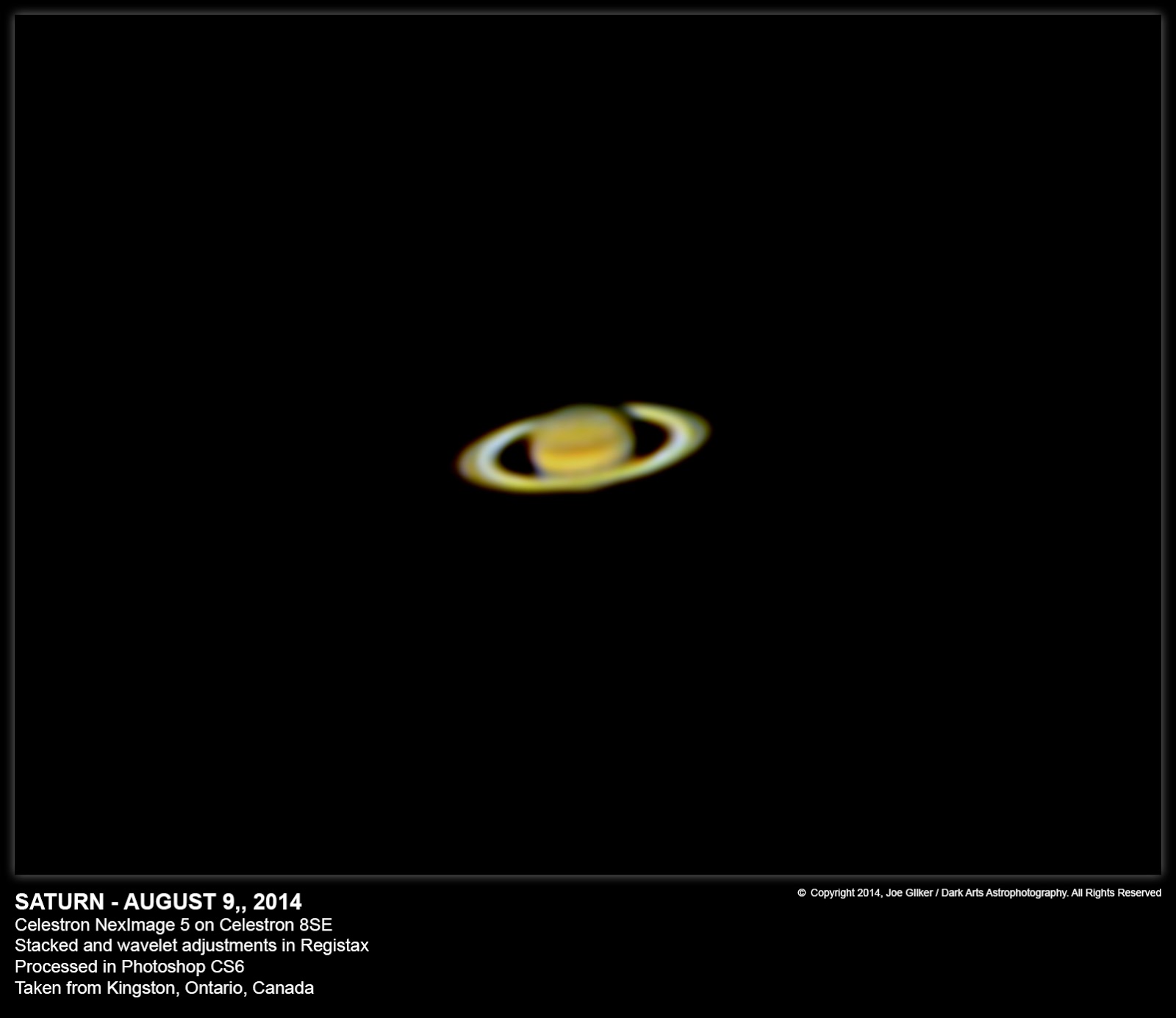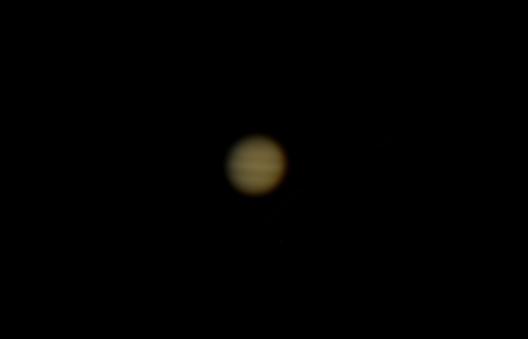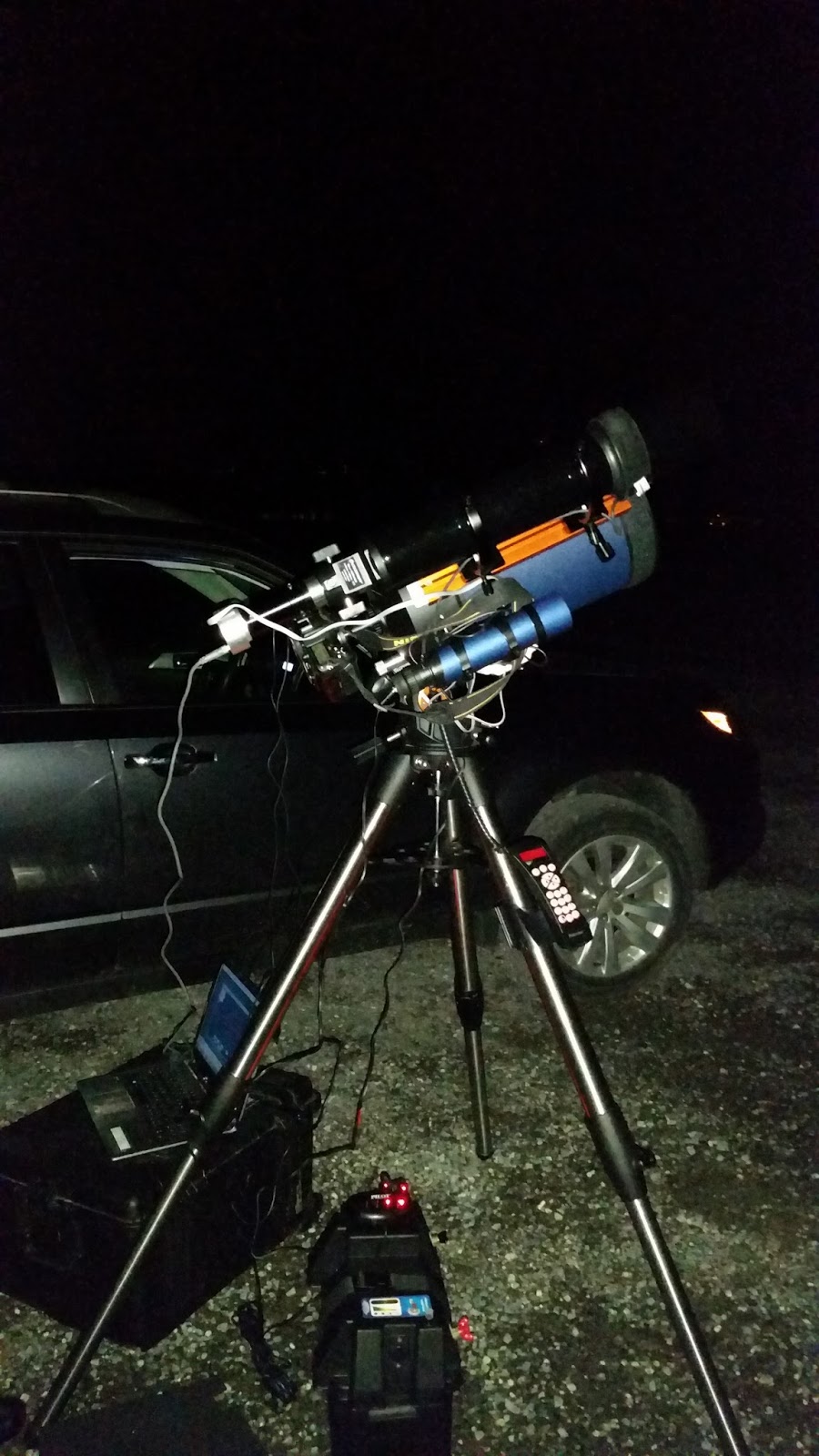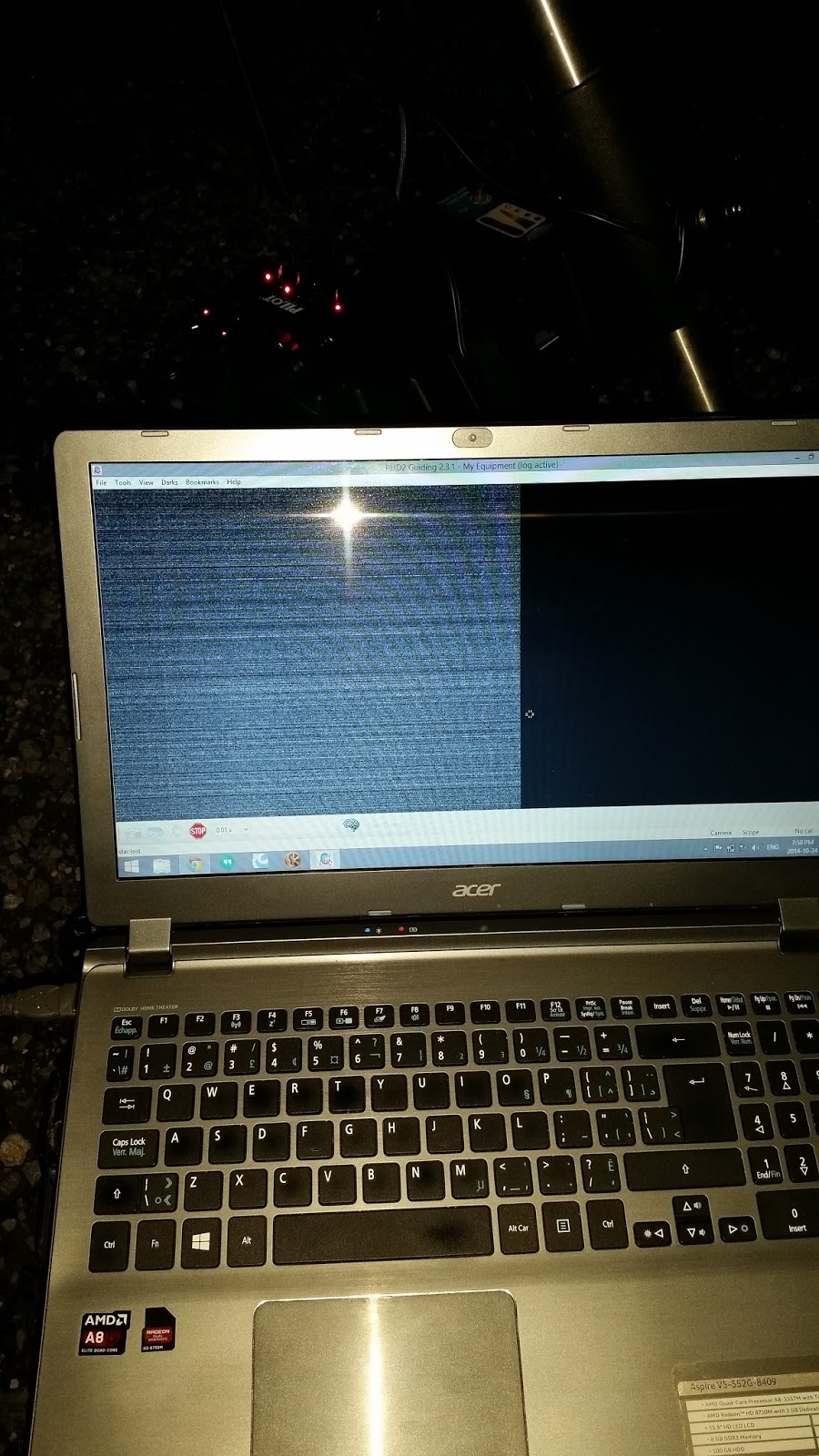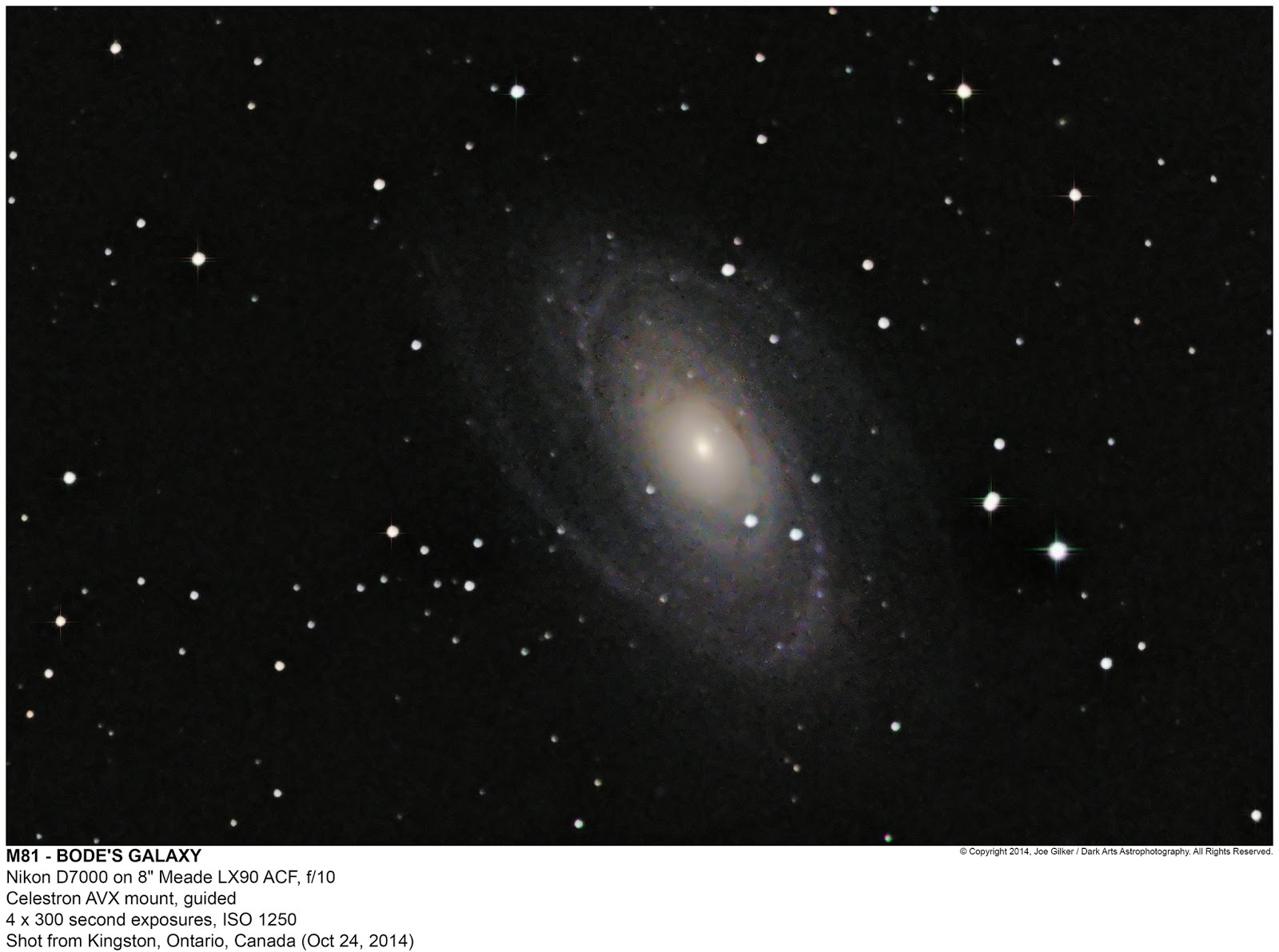So it’s been a while since my last writeup. I guess I could and SHOULD have written some stuff, because I’ve been quite busy on the astro-front this summer. Anyone who’s following my Facebook page, the different Facebook groups I’m a member of, or my Flickr page will see I’ve been quite busy with photography!
Not only have I been taking pics of the sky, but I’ve been branching out a bit learning to use my camera on stuff that isn’t in space for a change! So far, it’s been mostly landscape, cityscape and night photography. I’ve also been dabbling in time lapse photography, which I’ve really been enjoying. As a result, I didn’t want my wonderful Nikon D7000 to be permanently attached to my scope. And I like this camera specifically because the 16 MP sensor in the D7000 has the best low light performance of any other Nikon or Canon crop sensor. So I decided that rather than buying another expensive camera, I would get myself a used Nikon D5100, which shares the same sensor and processor as the D7000. This camera is lighter on features, so it would become my main astro-camera (to be full spectrum modded in the future) while my D7000 would be used to shoot other stuff. And I’ve been getting a lot of use out of both! For the $325 I paid for my D5100, it was a brilliant purchase! Continue reading “When The Stars Align”


